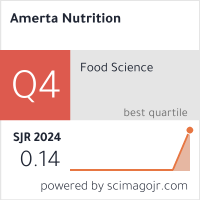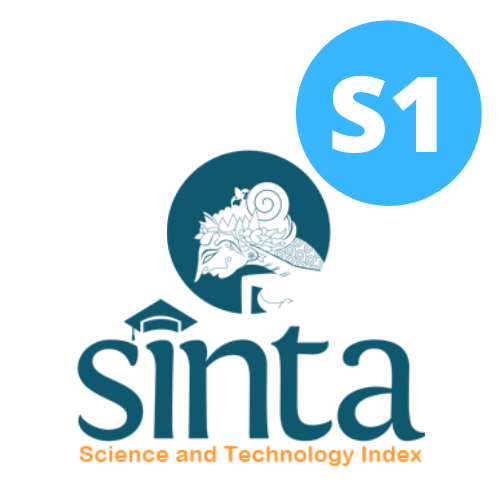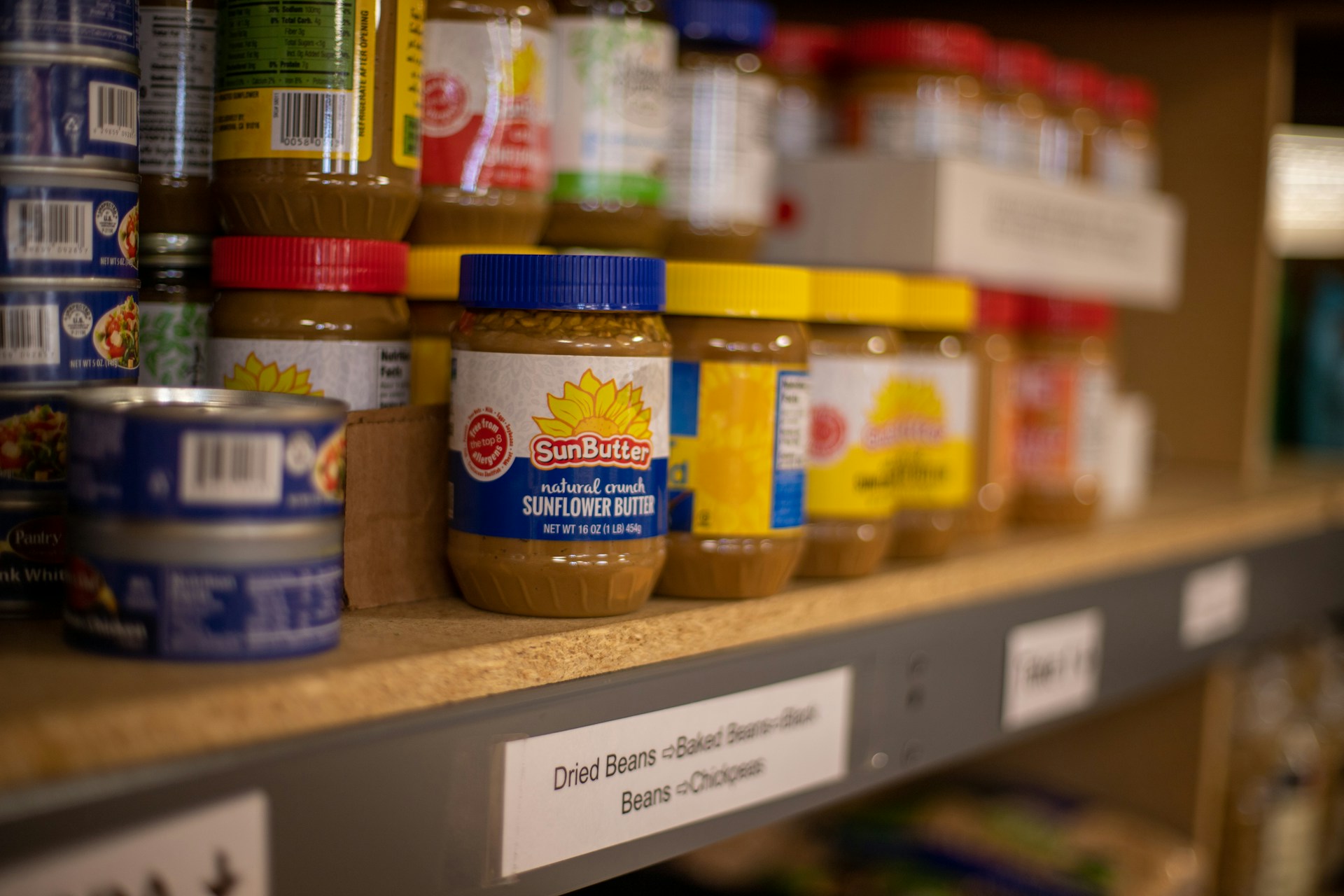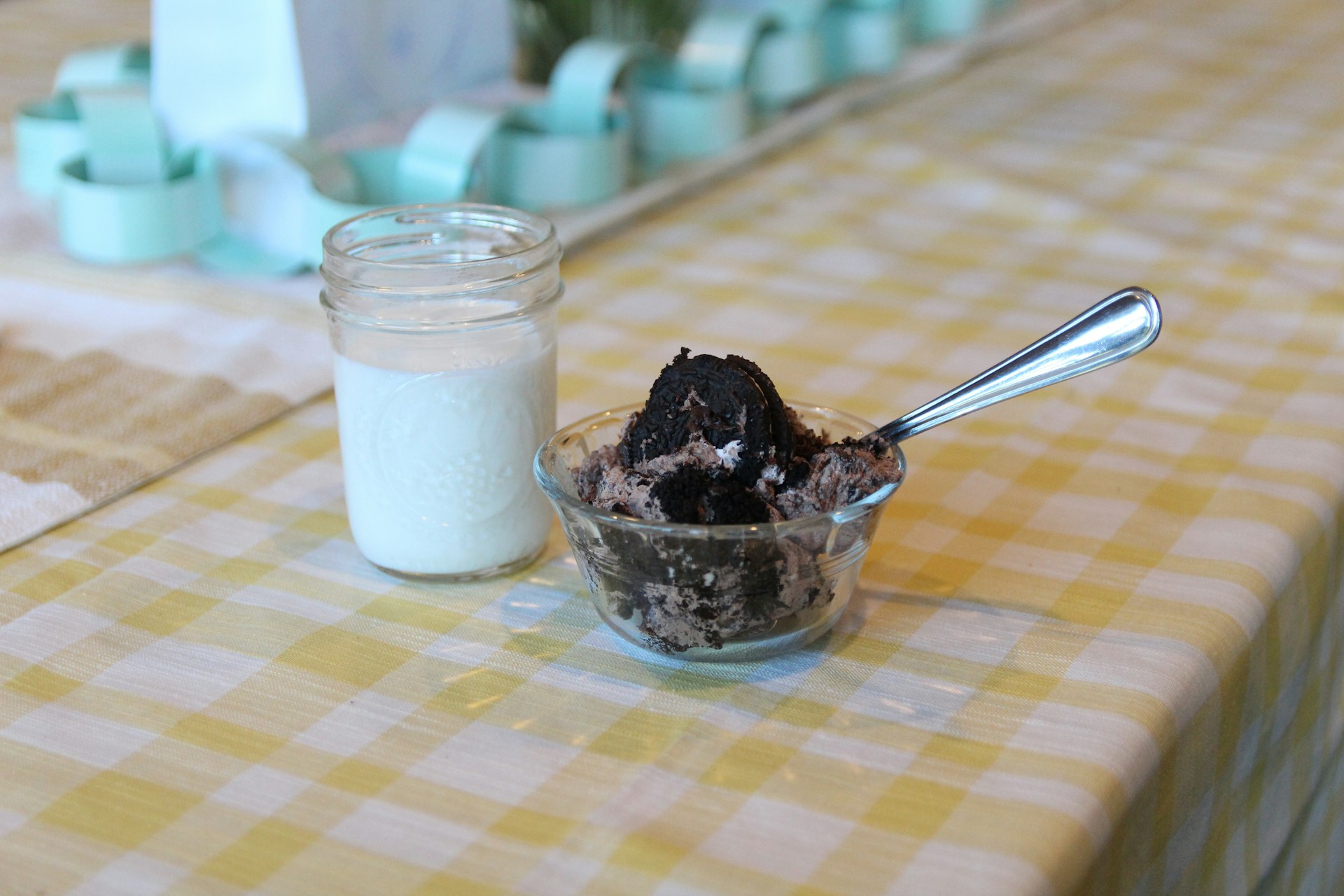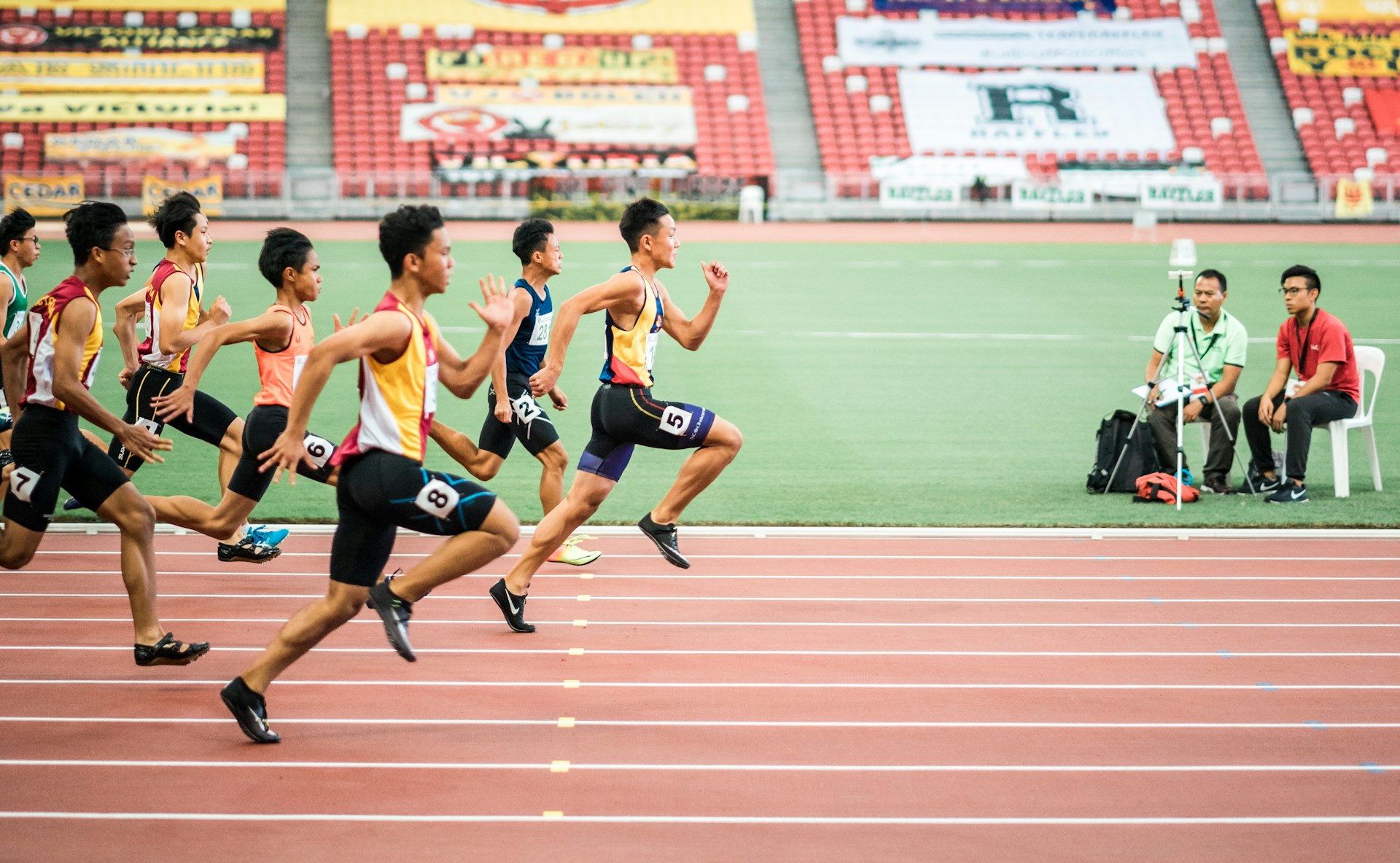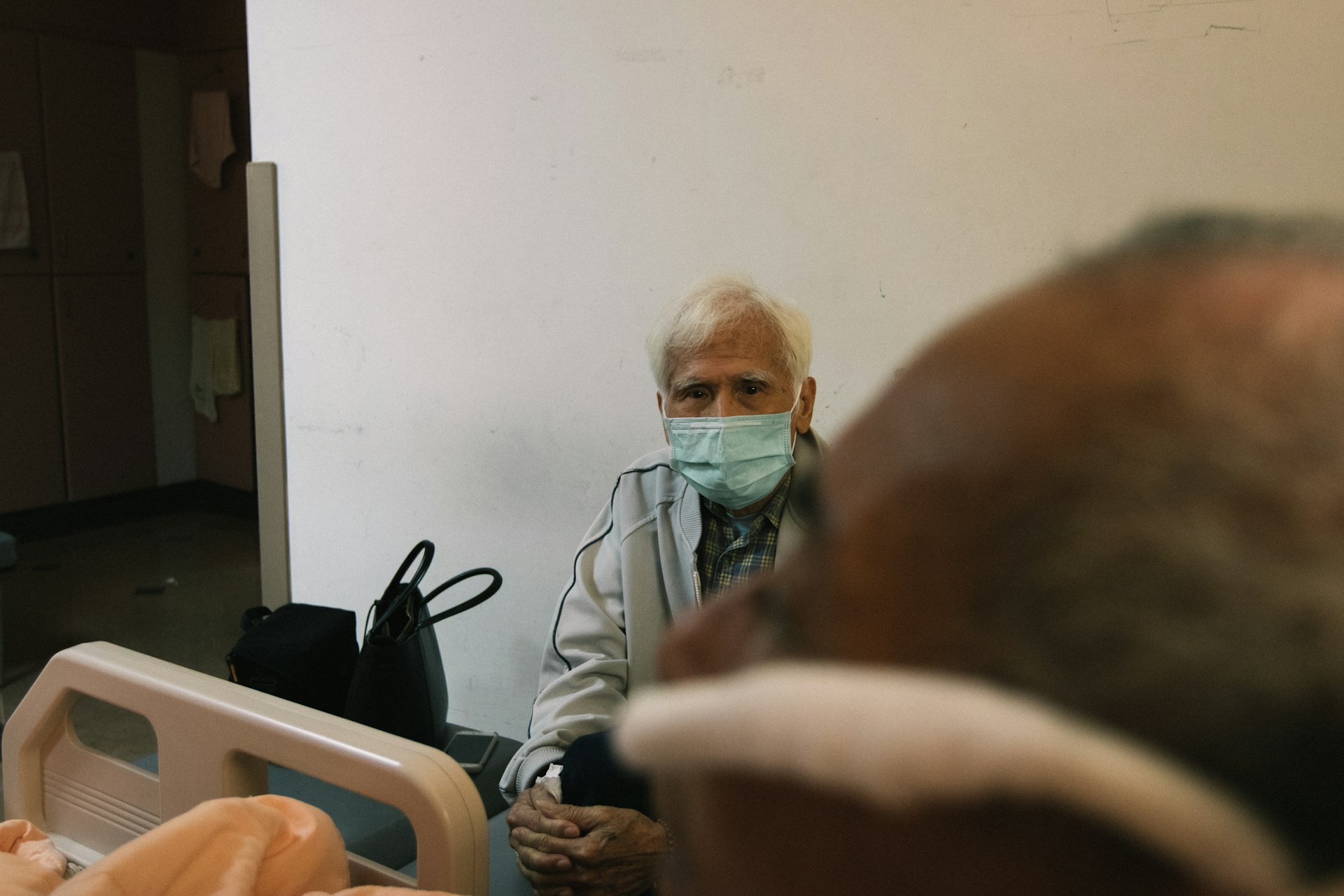Utilization of Garcinia mangostana L. Peel as an Immunomodulator to Improve the Quality of Human Resources: A Systematic Review
Pemanfaatan Kulit Garcinia mangostana L. sebagai Imunomodulator untuk Meningkatkan Kualitas Sumber Daya Manusia: Sebuah Tinjauan Sistematis

Background: Mangosteen (Garcinia mangostana L.) is recognized for its immunomodulatory properties, which can rejuvenate, regulate, and modulate immune system function. As a rich source of antioxidants, mangosteen peel has the potential to enhance immune responses and improve overall health status. However, further investigation into the biological mechanisms underlying its immunomodulatory effects remains limited.
Objectives: This review aims to explore the various biological functions of mangosteen peel related to immunomodulation and examine its therapeutic potential in improving human health.
Methods: A Systematic Literature Review (SLR) was conducted, focusing on articles published between 2013 and 2023. From a total of 132 articles identified, ten were selected based on relevance and research quality.
Discussions: The review reveals significant associations between the properties of mangosteen peel, such as its anti-diabetic, anti-obesity, antidepressant, anti-inflammatory, anticancer, and antioxidant activities, and the complex network of immune cell responses. Nevertheless, most studies have not clearly identified the specific compounds responsible for these immunomodulatory effects, and the underlying mechanisms remain unclear. Further comprehensive studies are necessary to isolate and identify the bioactive compounds in mangosteen peel extract, beyond xanthones, to better understand their diverse therapeutic effects and mechanisms. Well-designed clinical trials involving diverse populations, including vulnerable groups, are essential to validate the efficacy and safety of the extract in various therapeutic contexts.
Conclusions: This review provides valuable insights into the potential of mangosteen peel as an immunomodulator and lays the groundwork for future research aimed at utilizing its therapeutic properties to improve human health.
EL-Kenawy, A. E.-M., Hassan, S. M. A. & Osman, H.-E. H. Mangosteen (Garcinia mangostana L.). in Nonvitamin and Nonmineral Nutritional Supplements 313–319 (Elsevier, 2019). doi:10.1016/B978-0-12-812491-8.00045-X.
Yao, T. L., Nazre, M., McKey, D., Jalonen, R. & Duminil, J. The Origin Of Cultivated Mangosteen ( Garcinia mangostana L. Var. mangostana ): Critical Assessments And an Evolutionary‐Ecological Perspective. Ecol Evol 13, 1–17 (2023). https://doi.org/10.1002/ece3.9792.
Aldi, Y., Oktavia, S. & Yenni, B. S. Uji Efek Immunomodulator Dari Ekstrak Daun Manggis (Garcinia mangostana L.)Dengan Metode Carbon Clearence Dan Menghitung Jumlah Sel Leukosit Pada Mencit Putih Jantan. Jurnal Farmasi Higea 8, 20–31 (2016). http://dx.doi.org/10.52689/higea.v8i1.134.
Pratiwi, Y. S., Rahmawati, R. & Sanjaya, Y. A. Potency of Mangosteen Pericarp as Source of Antioxidant in Tea to Enhance Immune System: A Review. in Nusantara Science and Technology Proceedings 277–282 (Galaxy Science, 2022). doi:http://dx.doi.org/10.11594/nstp.2022.2741.
Haryanto, B. & Suryati, L. Kandungan Antosianin Dan Aktivitas Antioksidan Bubuk Instan Kulit Manggis (. L.) Dengan Metode Foam Mat Drying. AgroSainTa : Widyaiswara Mandiri Membangun Bangsa 4, 77–84 (2020). https://epublikasi.pertanian.go.id/berkala/index.php/ags/article/view/8.
Darsini, D. & Aryani, H. P. Potensi Herbal Indonesia Sebagai Imunomodulator Booster Selama Pandemi Covid-19. Jurnal Keperawatan 15, 30–42 (2022). http://e-journal.lppmdianhusada.ac.id/index.php/jk/article/view/158.
Wardani, P. K., Gunarti, D. R. & Wulandari, Y. Peran Flavonoid Terhadap Tnf Alpha Pada Endometriosis. Jurnal Darma Agung 31, 241 (2023). https://dx.doi.org.10.46930/ojsuda.v31i3.3454.
Triandini, E., Jayanatha, S., Indrawan, A., Putra, G. W. & Iswara, B. Metode Systematic Literature Review untuk Identifikasi Platform dan Metode Pengembangan Sistem Informasi di Indonesia. Indonesian Journal of Information Systems (IJIS 1, 63–77 (2019). https://doi.org/10.24002/ijis.v1i2.1916.
Takahashi, A., Flanigan, M. E., McEwen, B. S. & Russo, S. J. Aggression, Social Stress, and the Immune System in Humans and Animal Models. Front Behav Neurosci 12, 1–16 (2018). DOI: 10.3389/fnbeh.2018.00056.
Nauman, M. C. & Johnson, J. J. The purple mangosteen (Garcinia mangostana): Defining the anticancer potential of selected xanthones. Pharmacol Res 175, (2022). DOI: 10.1016/j.phrs.2021.106032.
Maliangkay, H. P., Rumondor, R. & Walean, M. Uji Efektifitas Antidiabetes Ekstrak Etanol Kulit Buah Manggis (Garcinia Mangostana L) Pada Tikus Putih (Rattus Norvegicus) Yang Diinduksi Aloksan. Chem. Prog 11, 15 (2018). https://doi.org/10.35799/cp.11.1.2018.27610.
John, O. D., Mouatt, P., Panchal, S. K. & Brown, L. Rind from Purple Mangosteen (Garcinia mangostana) Attenuates Diet-Induced Physiological and Metabolic Changes in Obese Rats. Nutrients 13, 319 (2021). https://doi.org/10.3390/nu13020319.
Oberholzer, I. et al. Garcinia mangostana Linn displays antidepressant-like and pro-cognitive effects in a genetic animal model of depression: a bio-behavioral study in the Flinders Sensitive Line rat. Metab Brain Dis 33, 467–480 (2018). https://doi.org/10.1007/s11011-017-0144-8.
Megawati. Uji Efektivitas Ekstrak Etanol Kulit Buah Manggis (Garcinia Mangostana L.) Sebagai Anti Inflamasi Pada Mencit. Jurnal Farmasi Sandi Karsa 5, 116–119 (2019). DOI: 10.36060/p-ISSN.
Geetha S et al. Antioxidant and anticancer activities of pericarp of Garcinia mangostana L. Journal of Pharmacognosy and Phytochemistry 9, 1805–1809 (2020). ISSN: 2349-8234.
Janardhanan, S., Mahendra, J., Mahendra, L. & Devarajan, N. Cytotoxic effects of mangosteen pericarp extracts on oral cancer and cervical cancer cells. Asian Pacific Journal of Cancer Prevention 21, 2577–2583 (2020). DOI: 10.31557/APJCP.2020.21.9.2577.
Enikmawati, A., Mar’atus Sholihah, A. & Sarifah, S. Pengaruh Kulit Manggis Terhadap Penurunan Kadar Gula Darah Pada Penderita Diabetes Mellitus. Jurnal Rumpun Ilmu Kesehatan 2, (2022). https://doi.org/10.55606/jrik.v2i2.738.
Von Ah Morano, A. E., Dorneles, G. P., Peres, A. & Lira, F. S. The role of glucose homeostasis on immune function in response to exercise: The impact of low or higher energetic conditions. J Cell Physiol 235, 3169–3188 (2020). DOI: 10.1002/jcp.29228.
Saltiel, A. R. & Olefsky, J. M. Inflammatory mechanisms linking obesity and metabolic disease. Journal of Clinical Investigation vol. 127 1–4 Preprint at https://doi.org/10.1172/JCI92035 (2017).
Liu, R. & Nikolajczyk, B. S. Tissue immune cells fuel obesity-associated inflammation in adipose tissue and beyond. Front Immunol 10, (2019). DOI: 10.3389/fimmu.2019.01587.
Watanabe, M. et al. Mangosteen shows a potent insulin sensitizing effect in obese female patients: a 2 prospective randomized controlled pilot study 3. Journal Nutrients 10, (2018). https://doi.org/10.20944/preprints201804.0049.v1.
Li, D. et al. α-Mangostin remodels visceral adipose tissue inflammation to ameliorate age-related metabolic disorders in mice. Aging 11, 11084–11110 (2019). DOI: 10.18632/aging.102512.
Seiler, A., Fagundes, C. P. & Christian, L. M. The Impact of Everyday Stressors on the Immune System and Health. in Stress Challenges and Immunity in Space (ed. Choukèr, A.) vol. 6 71–91 (Springer International Publishing, Cham, 2020). DOI: 10.1007/978-3-030-16996-1.
Beurel, E., Medina-Rodriguez, E. M. & Jope, R. S. Targeting the Adaptive Immune System in Depression: Focus on T Helper 17 Cells. Pharmacol Rev 74, 373–386 (2022). DOI: dx.doi.org/10.1124/pharmrev.120.000256.
Astutik, W. & Kuswati, E. Efektivitas Pemberian Jus Kulit Manggis Terhadap Kadar Hormon Kortisol Pada Mencit (Mus Musculus) Yang Mengalami Stres. Jurnal Ilmiah Medicamento 11, 91–95 (2014). https://www.poltekkes-denpasar.ac.id/files/JSH/V11N1/Windu%20Astutik1,%20Elfi%20Kuswati2%20JSH%20V11N1.pdf.
Scheffer, D. da L. & Latini, A. Exercise-induced immune system response: Anti-inflammatory status on peripheral and central organs. Biochim Biophys Acta Mol Basis Dis 1866, (2020). DOI: 10.1016/j.bbadis.2020.165823.
Pinazo-Durán, M. D. et al. Do nutritional supplements have a role in age macular degeneration prevention? J Ophthalmol 2014, 1–15 (2014). DOI: 10.1155/2014/901686.
Buana, K. D. M. et al. Antiinflamation Activity Test Of Mangosteen Extract Gel With Variation Concentration. Jurnal Ilmiah Medicamento 6, 89–93 (2020). https://doi.org/10.36733/medicamento.v6i2.1033.
Putri, K., Darsono, L. & Mandalas, H. Anti-inflammatory properties of mangosteen peel extract on the mice gingival inflammation healing process. Padjadjaran Journal of Dentistry 29, (2017). https://core.ac.uk/download/pdf/208619185.pdf.
Hiam-Galvez, K. J., Allen, B. M. & Spitzer, M. H. Systemic immunity in cancer. Nat Rev Cancer 21, 345–359 (2021). https://doi.org/10.1038/s41568-021-00347-z.
Putri, I. P. Effectivity Of Xanthone Of Mangosteen (Garcinia Mangostana L.) Rind As Anticancer. JOURNAL MAJORITY 4, 33 (2015).
Banjarnahor, A. N. Pemanfaatan Kulit Manggis Untuk Mengurangi Penyakit Kanker. in PROSIDING PBXPO 2022 142–146. Universitas Negeri Medan (2023). https://digilib.unimed.ac.id/id/eprint/50531/.
Hariyanti, Sunaryo, H. & Nurlaily. Immunomodulator Assay Of Ethanolic Fraction Of 70% Ethanolic Extract Of Mangosteen Fruit Pericarp Based On In Vitro Increasing Phagocytosis Activity And Capacity Of Mice Peritonium Macrophag. PHARMACY 12, 58–69 (2015). https://jurnalnasional.ump.ac.id/index.php/PHARMACY/article/view/817.
Yani, F., Bellatasie, R. & Fauziah, F. Antidiabetic Potential of G. Mangostana Extract and α-Mangostin Compounds from Mangosteen (Garcinia mangostana Linn.). EAS Journal of Pharmacy and Pharmacology 3, 94–105 (2021). DOI: 10.36349/easjpp.2021.v03i05.001.
Zonouz, A. M., Rahbardar, M. G. & Hosseinzadeh, H. Antidotal and protective effects of mangosteen (Garcinia mangostana) against natural and chemical toxicities: A review. Iran J Basic Med Sci 26, 492–503 (2023). 10.22038/IJBMS.2023.66900.14674.
Wathoni, N. et al. Webinar & Workshop Virtual Sebagai Sarana Sosialisasi Phbs Dan Potensi Kulit Manggis Di Masa Pandemi Covid-19 Di Masyarakat. Dharmakarya 10, 167 (2021). DOI: 10.24198/dharmakarya.v10i2.28981.
Rahmawati, K. F., Muin, A., Aini, D. M., Ratnasari, B. D. & Rosiana, F. S. Pemanfaatan Kulit Buah Manggis Sebagai Bahan Campuran dalam Panganan Manyarakat Sebagai Upaya Penanganan Limbah Kulit Manggis di Daerah Desa Gegelang, Lombok Barat. Jurnal Pengabdian Masyarakat Formosa (JPMF) 1, 111–118 (2022). https://journal.formosapublisher.org/index.php/jpmf.
Nugroho, Y. A. & Kusnadi, J. Aplikasi Kulit Manggis Pada Es Krim-Nugroho, Dkk. Jurnal Pangan dan Agroindustri vol. 3 (2015). https://jpa.ub.ac.id/index.php/jpa/article/view/249/258.
Kora, F. & Retaningsih, V. Peningkatan kualitas hidup pasien dm dengan menjaga kadar gula darah. Jurnal Informasi Kesehatan & Administrasi Rumah Sakit (IKARS) 1, (2022). DOI: 10.55426/ikars.v1i2.214.
Karim, N. & Tangpong, J. Biological properties in relation to health promotion effects of Garcinia mangostana (queen of fruit): A short report. J Health Res 32, 364–370 (2018). DOI: 10.1108/JHR-08-2018-043.
Clemente-Suárez, V. J., Beltrán-Velasco, A. I., Redondo-Flórez, L., Martín-Rodríguez, A. & Tornero-Aguilera, J. F. Global Impacts of Western Diet and Its Effects on Metabolism and Health: A Narrative Review. Nutrients 15, (2023). DOI: 10.3390/nu15122749.
Copyright (c) 2025 Amerta Nutrition

This work is licensed under a Creative Commons Attribution-ShareAlike 4.0 International License.
AMERTA NUTR by Unair is licensed under a Creative Commons Attribution-ShareAlike 4.0 International License.
1. The journal allows the author to hold the copyright of the article without restrictions.
2. The journal allows the author(s) to retain publishing rights without restrictions
3. The legal formal aspect of journal publication accessibility refers to Creative Commons Attribution Share-Alike (CC BY-SA).
4. The Creative Commons Attribution Share-Alike (CC BY-SA) license allows re-distribution and re-use of a licensed work on the conditions that the creator is appropriately credited and that any derivative work is made available under "the same, similar or a compatible license”. Other than the conditions mentioned above, the editorial board is not responsible for copyright violation.






